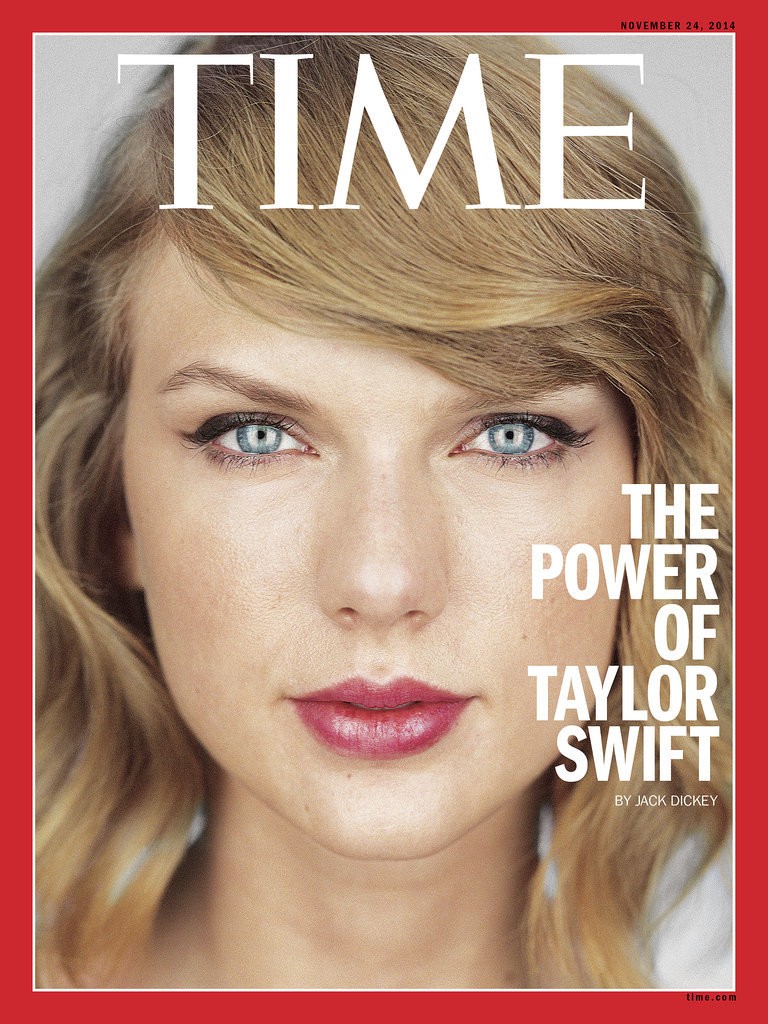 Taylor Swift is a music industry hero last month, after telling Apple to pull her music from its shiny new “revolutionary” Apple Music.
Taylor Swift is a music industry hero last month, after telling Apple to pull her music from its shiny new “revolutionary” Apple Music.
At issue was Apple’s decision to no pay royalties during the service’s three month trial run. She spoke; Apple listened and reversed its decision.
“After writing a compelling argument why artists should be paid for their music, Swift single handily forced the seemingly omnipotent Apple to do an about face and compensate artists in its new music-streaming service. That bold move didn’t just help bolster her bank account, but those of all the struggling independents that don’t have the resources or power to take on the tech giant alone,” writes Nikolay Malyarov in Fipp.
So, what does this mean for publishers who are under increasing pressure to provide free content via social media to boost sales of their high subscription prices?
He recalls industry disruptions for music, video and even software providers that were forced to slash subscription prices to make them palatable.
“So it’s not surprising that magazine publishers are also feeling the same pressure to lower their pricing to gain more readers. Subscriptions at $30/month are not sustainable in this digital age, but what is the right price that consumers will pay?” he asks.
The all-you-can-read models say somewhere between $7-15, but according to Malyarov those models aren’t working out so well.
Of course, there is a huge range of experiments going on in the publishing world, with companies getting creative in how they package, present and distribute their content in ways that advertisers and partners can get behind.
“But while the struggles to monetise content continue to keep journalists and their editors awake at night, there is little doubt that the opportunities to prosper in this new digital media era are huge,” he continues. “If the [publishing] industry is dying as it’s been rumoured for years, why are Apple, Google, LinkedIn, Twitter, Facebook and Instagram all making such bold attempts to become media moguls themselves?”
What’s the bottom line in all of this? According to Malyarov, it’s clear:
“The leaders in the magazine industry must be bold and fight for fair compensation for their content and continually experiment with new monetisation strategies to maximise the revenue potential for themselves, their writers and advertisers.”
Meanwhile journalists will continue to create and demand to be fairly compensated, and the industry will figure this out. And maybe we’ll have a folk hero of our own to make a stand. Thanks, Taylor.
